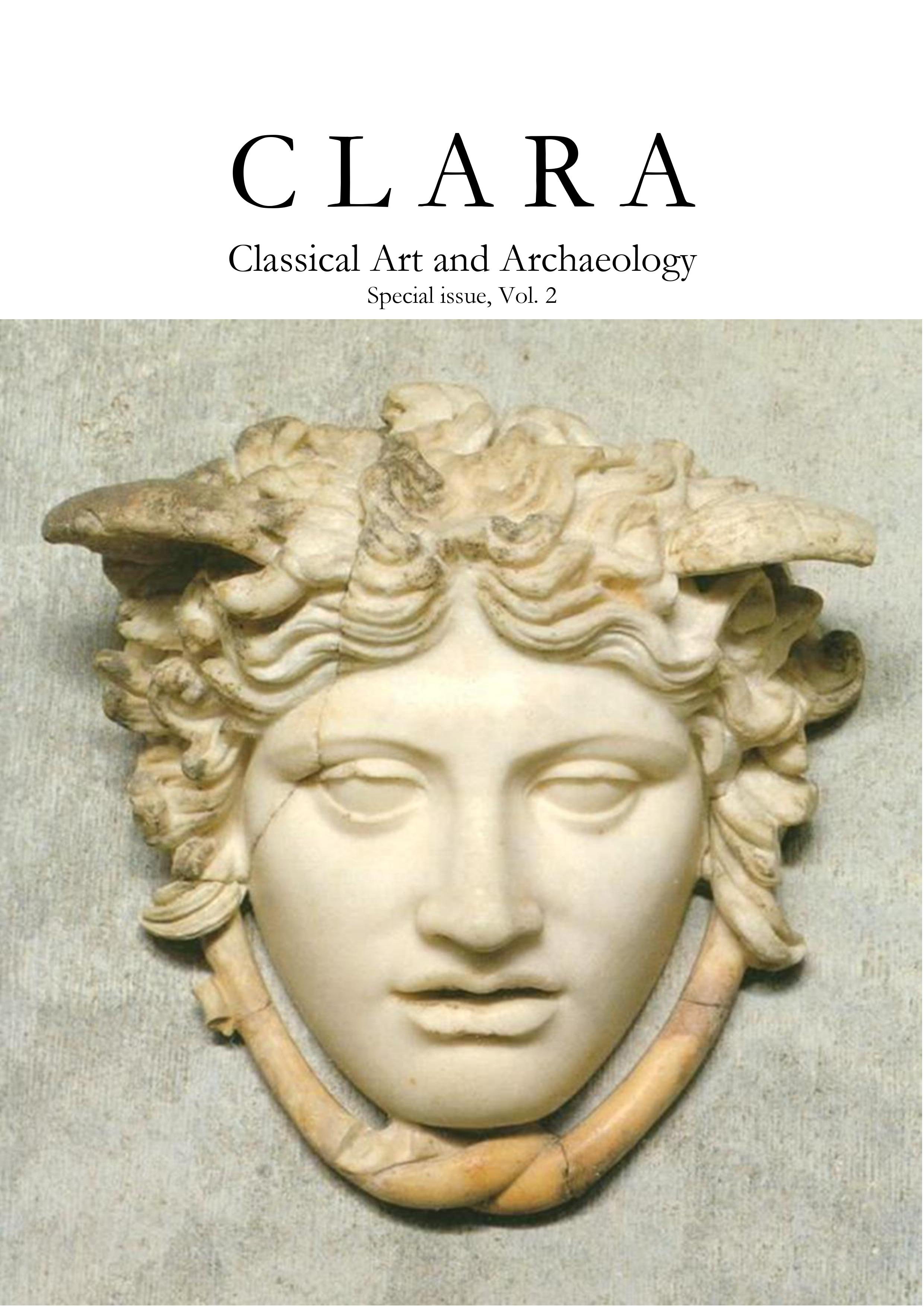Material Transformations of Antique Sculpture in Contemporary Art
DOI:
https://doi.org/10.5617/clara.9177Abstract
In the twenty-first century, famous antique statues have been reinterpreted by artists of very different backgrounds. A characteristic feature of the contemporary artwork is the use of unconventional sculptural materials such as paper, soap, concrete, polycarbonate and metal cans. In the dialogue called the Cratylus, Socrates explains that ‘images are far from possessing the same qualities as the originals they imitate’ (432d). Socrates refers to the relationship between an image (eikon) and its human model, but much the same can be said about the relationship between the new images and their ancient art-historical models. Aristotle holds that matter (hyle) is separate from form (eidos). In the contemporary works, the matter is changed – e.g. from marble to hydrostone or from bronze to concrete – but the form is preserved. The antique statue is the underlying thing (Aristotle’s hypokeimenon) that persists through the material changes. The article presents some of the ways that European, Asian and American artists, in the second decade of the twenty-first century, transform the appearance of renowned antique statues.



